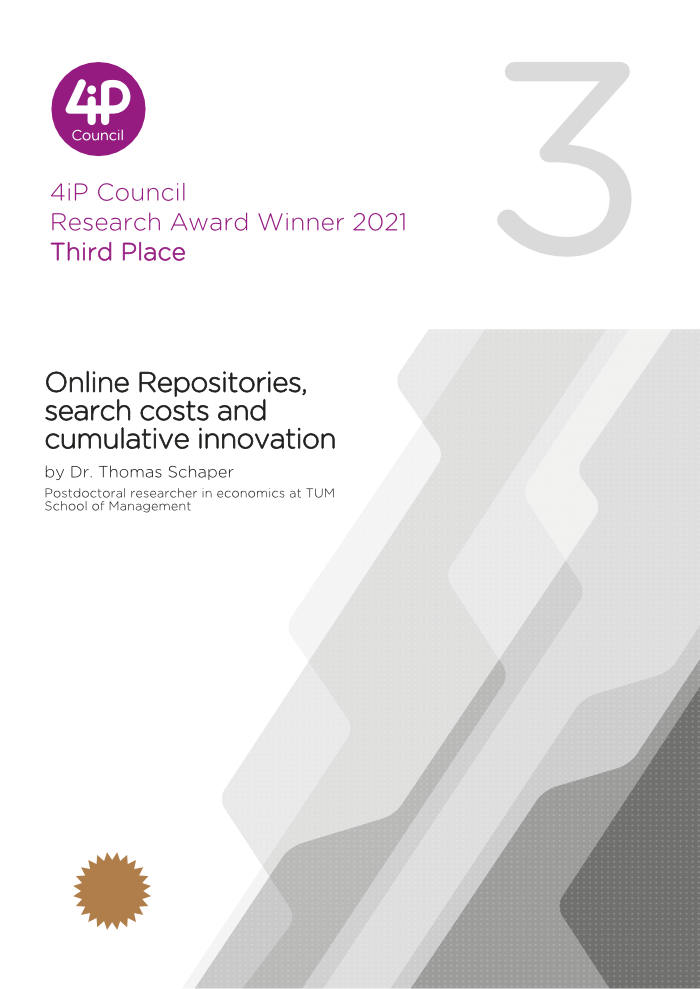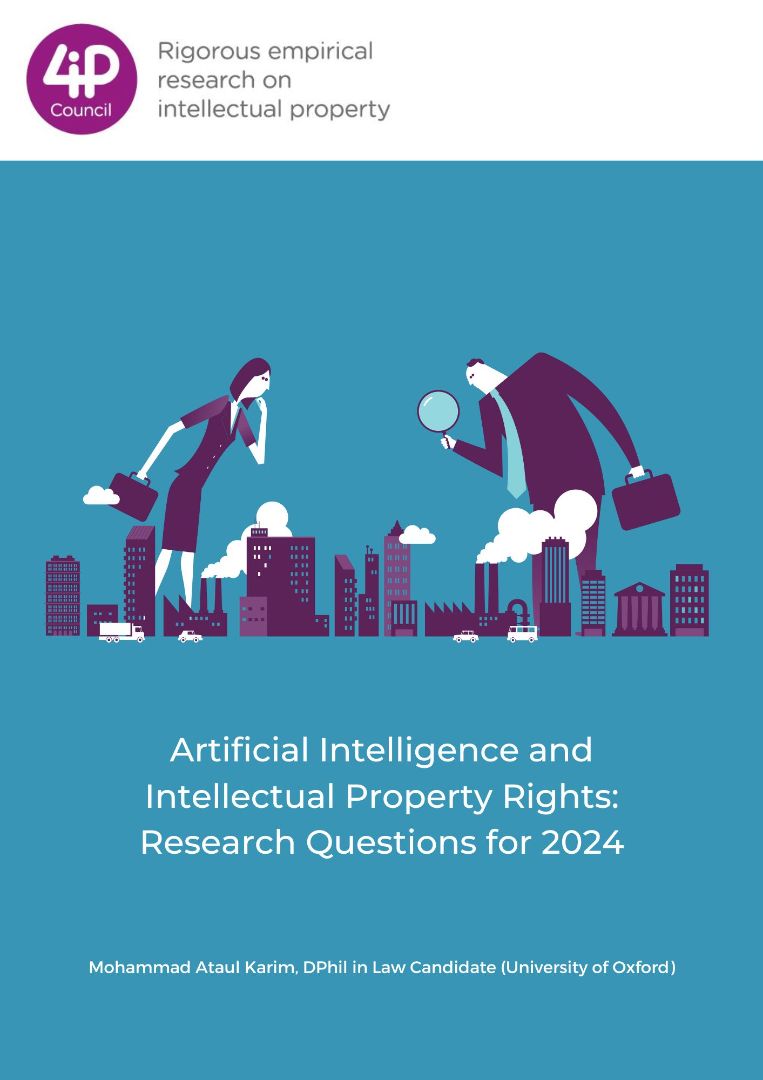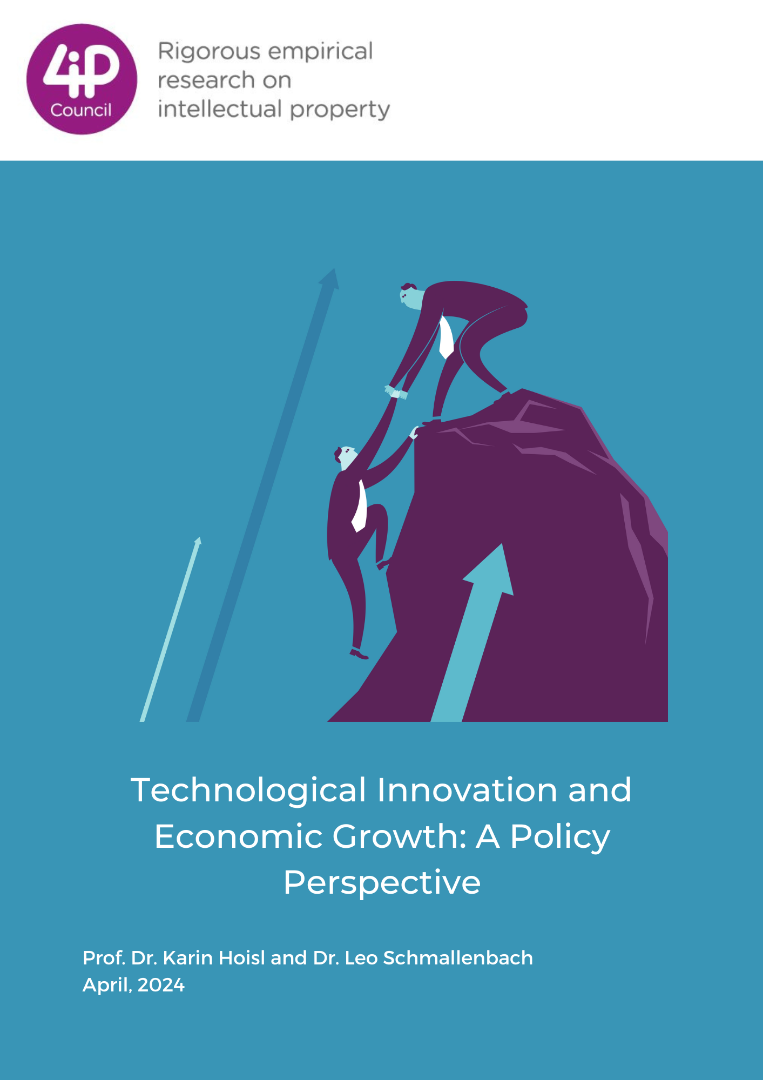Online Repositories, Search Costs and Cumulative Innovation1
Thomas Schaper
Summary
Scientific advance is shaped by sequential and complementary intellectual efforts. Efficient access to existing information is, therefore, essential for technical progress. However, R&D spillovers, in particular those from applied research, tend to be clustered and internalized strongly within collaborative networks. Accordingly, access costs to external knowledge increase with the dispersion and disconnect between scientific communities. While the empirical literature studying the elasticity of access costs to existing knowledge on innovation outcomes has predominantly focused on variation in physical accessibility in contexts in which external information was scarce or available only at undue costs, questions regarding the efficiency of search and information retrieval have received significantly less attention.
This paper investigates whether universally accessible, topic-specific repositories of prior art can effectively decrease informational inefficiencies by reducing internal search costs for prior art. Such costs derive from challenges of absorbing and filtering most relevant information out of the sheer mass of scientific knowledge produced, conditional on accessibility. Specifically, this study contributes to the literature by disentangling the effect of access from the one of increased visibility of pieces of knowledge arising from the connection to a particular topic, established by the inclusion into a topic-targeted repository.
To investigate this, the paper studies the launch of the International AIDS Patents Database (AIDS DB, hereafter) in 1994, the historically first publicly accessible online repository of patent full-texts and images, covering of all inventions related to acquired immune deficiency syndrome. Leveraging the capacities of the new world wide web in the fight against the disease, this repository meant great improvement in the conditions of access and retrieval of information for researchers worldwide racing to develop effective technologies against HIV/AIDS.
This study empirically assesses the marginal impact of the AIDS DB on cumulative inventive search costs relying on publicly available citation data, tracing references to patents in the repository from follow-on inventions in the worldwide patent universe. In order to characterize inventor-level links, the analysis further relies on geo-localized addresses and assignment of inventors to scientific communities based on their prior collaborative activities
1 JEL Codes: I23, O31, O32, O33. Keywords: knowledge diffusion, information technology, patents. The author thanks Sam Arts, Dirk Czarnitzki, Hanna Hottenrott, Stijn Kelchtermans, Adrián Kovács, Jeroen Mahieu, Tim Meyer, Maikel Pellens, Leonard Treuren, Dennis Verhoeven, Reinhilde Veugelers, Michael Ward, Martin Watzinger, Jesse Wursten and participants in seminars and presentations at KU Leuven, Max Planck, TU Eindhoven, TU Munich, VU Amsterdam, ZEW Mannheim, DRUID, EPIP and the SEI Doctoral Consortium for many useful comments and suggestions. Financial support from the Research Foundation Flanders (FWO) [11B5918N] and the German Research Foundation (DFG) [FOR5234/447967785] is gratefully acknowledged. An extended version of this paper is available from the author’s website and at SSRN.






